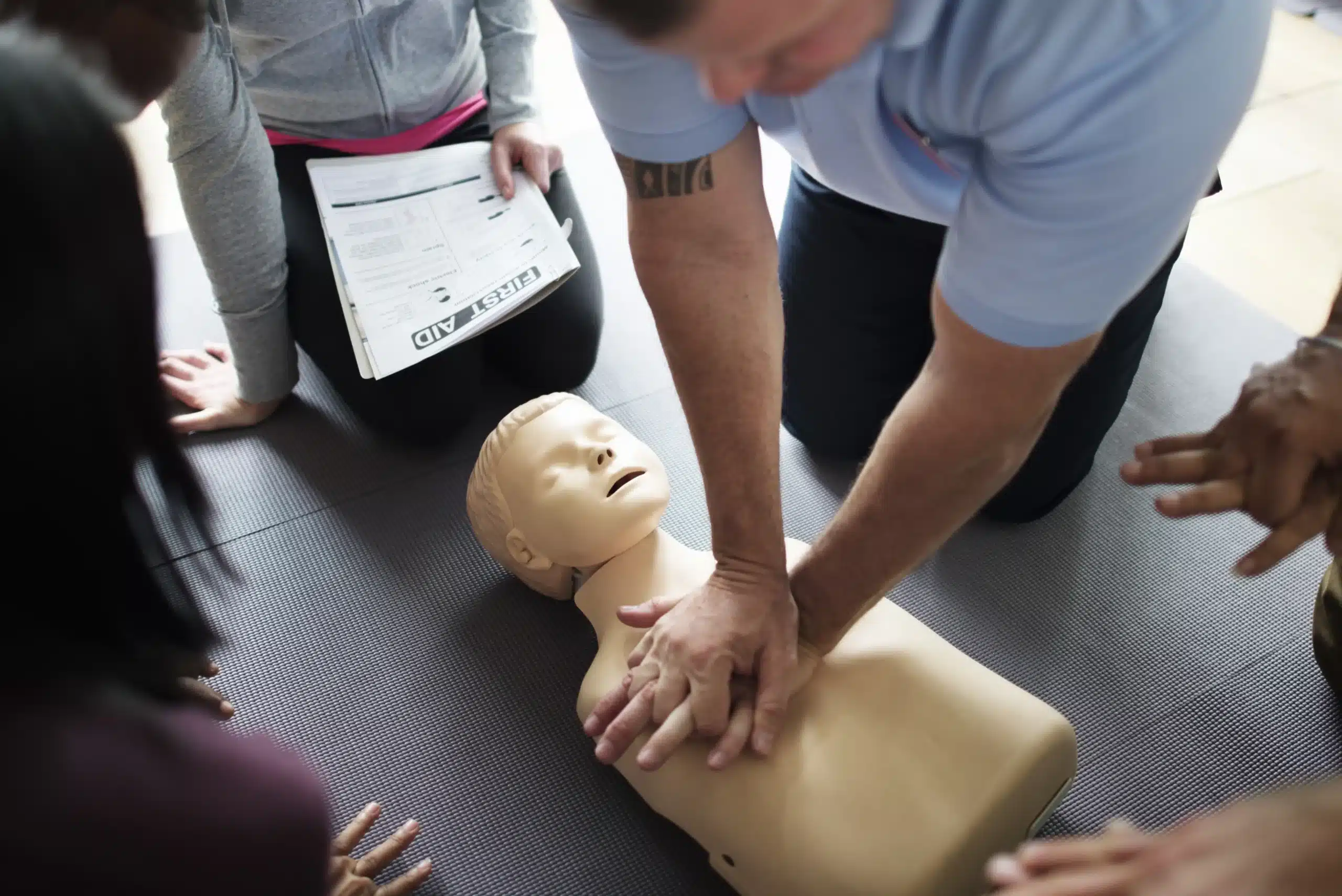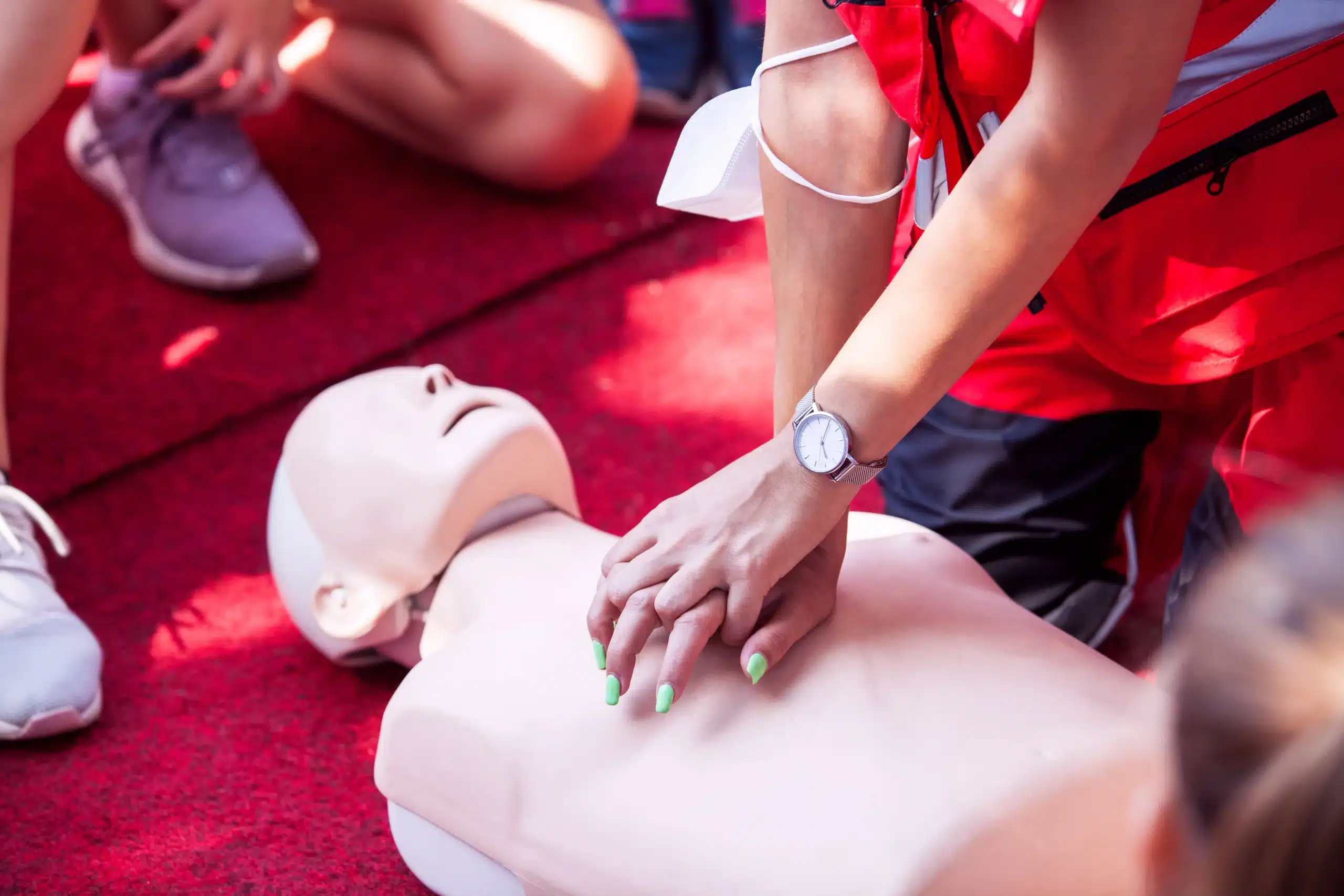Saving lives—this is the most profound goal of healthcare professionals, and Cardiopulmonary Resuscitation (CPR) is one of the most crucial tools they have to achieve it. Whether performed in a hospital setting or by a bystander at the scene of an emergency, CPR can mean the difference between life and death. This blog dives deep into why CPR is so important in healthcare, its history, and its life-saving potential. Whether you’re a healthcare professional or simply someone wanting to prepare for the unexpected, this post has everything you need to know.
What Is CPR and Its Role in Healthcare?
CPR, or Cardiopulmonary Resuscitation, is an emergency medical procedure that combines chest compressions and rescue breaths. Its primary aim is to maintain blood flow and oxygen supply to the brain and vital organs when the heart or breathing has stopped—situations known as cardiac arrest or respiratory arrest.
Here’s what CPR involves:
- Chest Compressions: These manually pump the heart to keep blood circulating.
- Rescue Breaths (optional in hands-only CPR): These supply oxygen to the lungs when breathing stops.
The primary goal of CPR is to sustain life by keeping oxygenated blood flowing until advanced care can restart the heart or breathing. It’s not just confined to hospitals—a major strength of CPR is its universal application. Whether you’re a doctor running a code blue or a bystander in a public space, the ability to perform CPR is invaluable.
A Brief History of CPR
Early Beginnings
The concept of artificial respiration dates back centuries, but modern CPR began taking shape in the 20th century. Early innovators like Dr. George Crile were among the first to experiment with external chest compressions.
Key Milestones
- 1950s – Mouth-to-mouth resuscitation was recognized as an effective method for providing oxygen.
- 1960 – The American Heart Association (AHA) formally endorsed CPR.
- 1980s-Present – Techniques like hands-only CPR for bystanders and automated external defibrillation (AED) integration have modernized and simplified the process.
The evolution of CPR reflects a tireless dedication to improving outcomes for cardiac arrest patients.
Why Is CPR Important in Saving Lives?
The statistics paint a sobering picture:
- Over 350,000 out-of-hospital cardiac arrests occur annually in the U.S. alone.
- Nearly 70% of these happen at home.
- Chances of survival drop by 10% every minute CPR is delayed.
But the power of CPR is undeniable.
When performed immediately after cardiac arrest, bystander CPR can double or even triple a person’s chances of survival. It’s a key component of the “chain of survival”, which includes early recognition, immediate CPR, early defibrillation, advanced medical care, and post-cardiac arrest care.
The Role of Healthcare Professionals in CPR
Healthcare workers are the first line of defense in emergencies. For them, CPR competency is more than just a skill—it’s a responsibility.
Why CPR Skills Are Critical for Healthcare Professionals
- Responsibility: From paramedics to nurses to surgeons, every second counts in cardiac emergencies.
- Continuous Training: Mastery of CPR techniques, such as maintaining correct compression depth and speed, requires regular certification and practice.
- Team Dynamics: Effective resuscitation involves coordination, such as one person managing chest compressions while another delivers rescue breaths.
Efficient CPR from healthcare workers not only improves patient outcomes but also sets the tone for the rest of the resuscitation efforts.
CPR Training and Certification
If you’re wondering how to become CPR certified, the process is structured and straightforward.
Certification Process
- Choose a Credible Provider: Safety Training Seminars offer credible AHA courses, such as CPR and First Aid, Basic Life Support (BLS), Advanced Cardiovascular Life Support (ACLS), and Pediatric Advanced Life Support (PALS).
- Take the Training: Learn proper techniques for chest compressions and rescue breaths, as well as AED use during emergencies.
- Pass the Assessment: Certification often involves a hands-on skills test and a written exam.
Whether you’re a healthcare worker or a member of the general public, being CPR-certified is essential.
Debunking Common Myths About CPR
Here are a few misconceptions that might keep people from taking action in emergencies:
- Myth 1: “Only trained professionals should perform CPR.”
Fact: The AHA recommends hands-only CPR for bystanders. Even imperfect CPR is better than doing nothing.
- Myth 2: “You can harm the patient by performing CPR incorrectly.”
Fact: The patient is already in cardiac arrest. Immediate CPR can only help their chances of survival.
Breaking down these myths ensures more people step up when faced with an emergency.
The Bigger Picture – Beyond Resuscitation
CPR is not just a healthcare protocol; it’s a life skill that benefits society as a whole. Equipping ordinary citizens with CPR training creates a safety net that boosts survival rates across all communities. For healthcare organizations, ensuring staff are certified and up to date with the latest techniques should be a top priority.
Key Takeaways
- CPR Saves Lives: Immediate action can make the difference between life and death.
- Accessible to All: CPR is a universal skill, invaluable in both healthcare settings and everyday life.
- Get Certified Today: Training from organizations like Safety Training Seminars ensures you’re equipped with life-saving skills.
Next Steps
Don’t wait to make a difference. Get CPR certified in Redwood City through Safety Training Seminars and equip yourself to save lives. Whether you’re a healthcare professional needing advanced certifications like ACLS or simply a curious individual looking to prepare for emergencies, there’s a course for everyone.
Together, we can create a safer, healthier world—one resuscitation at a time.






